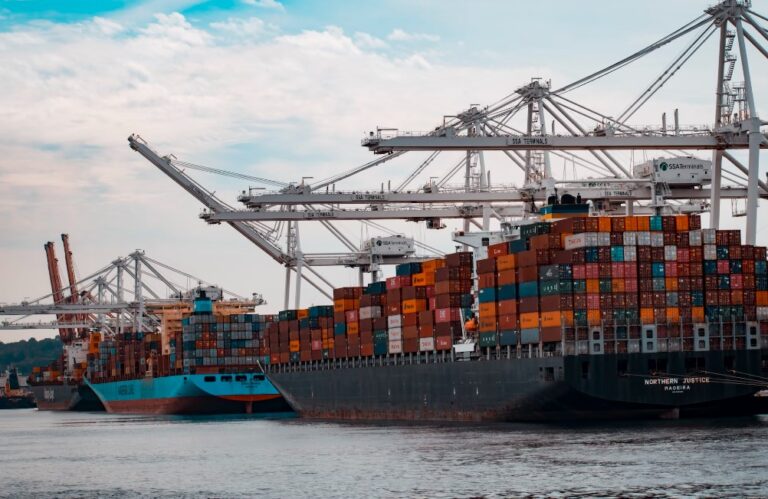Do you know what the value of international trade was in 2021? 28 trillion dollars. It is an impressive figure, and of this enormous amount of goods around 80-90% (if we consider the volume) is transported by ship. Therefore we can say that world trade is inextricably linked to the sea.
Table of Contents
Global trade today
In today’s society, global trade is essential. Most of the products we use or consume are imported from abroad or were made with raw materials of foreign origin. International trade has been growing for centuries and the various countries of the world are increasingly interdependent on each other.
Speaking of numbers, in 2021 alone, international trade recorded an overall economic value of over 28 trillion dollars, exceeding the level of 2020, the highlight year of the pandemic, by 25%.
Maritime international trade
Nowadays approximately 80-90% of goods (if we consider their weight) or approximately 70% (if we consider their value) are transported by sea. And, in particular, it passes from one port to another thanks to around 100,000 large cargo ships. In 2019 alone, the volume of maritime trade exceeded 11 billion tonnes of goods traded.
Generally speaking we can simplify by saying that a third of international trade takes place between countries with an already developed economy, another third takes place between the latter and states with a less consolidated economy and the last third takes place between the states economically less advanced. And the routes? Which are the routes traveled by ships?
The main shipping routes
Historically, the most popular macro-sea routes are three:
- the Eurasian route, which until the second half of the 19th century, before the construction of the Suez Canal, always involved the circumnavigation of Africa;
- the transatlantic route between Europe and North America;
- the transpacific route, between the Far East and North America.
Consider that in 2019, approximately 152 million containers were transported globally. More than 25 million traveled the transpacific route with a clear majority flowing from East Asia to North America.
Slightly less, i.e. 23 million containers, moved along the Eurasian route. Also in this case with a flow clearly more from Asia than from Europe. Finally, the transatlantic route saw 7.4 million containers pass: the majority moved from Europe to North America.
Read also: The 7 major shipping hubs worldwide
The importance of containers
Many of you may be wondering: why don’t we use planes which are much faster than ships? The answer is mainly linked to the quantity of goods that can be transported and the costs.
The progressive standardization of container sizes has made it increasingly easier to fit them in large numbers onto ships – Tetris style so to speak – and has led to the construction of increasingly larger ships that can accommodate as many containers as possible.
To date, for example, the largest vessels can be loaded with 24,000 standard containers (1 standard container is equivalent to 1 TEU. Namely an acronym that stands for twenty feet equivalent unit and indicates the standard container of 20 feet in length, i.e. approximately 6 meters ).
To be clear, this is a loading capacity equivalent to that of a freight train more than 70 kilometers long.
Trade by air and by land
Although the majority of goods are transported by ship, there are some cases in which the plane proves to be the winning weapon. For example, this means is essential in some emergency situations and for some specific products.
In fact, it is used when you need to be quick and very precise with respect to delivery times. Think, for example, if in a factory a component of a machine essential for production suddenly breaks. The spare part is requested hastily and delivered by plane. Or air transport is used to quickly trade perishable goods, such as some foodstuffs and some medicines or some luxury and very high-value products.
Just to close the circle, road and rail transport – therefore tankers, trucks and trains – is often used in the context of international trade in exchanges between neighboring or neighboring countries and also upstream and downstream of sea transport.
Read also: Why the Houthi attacks in the Suez Canal pose risk of global commercial chaos












